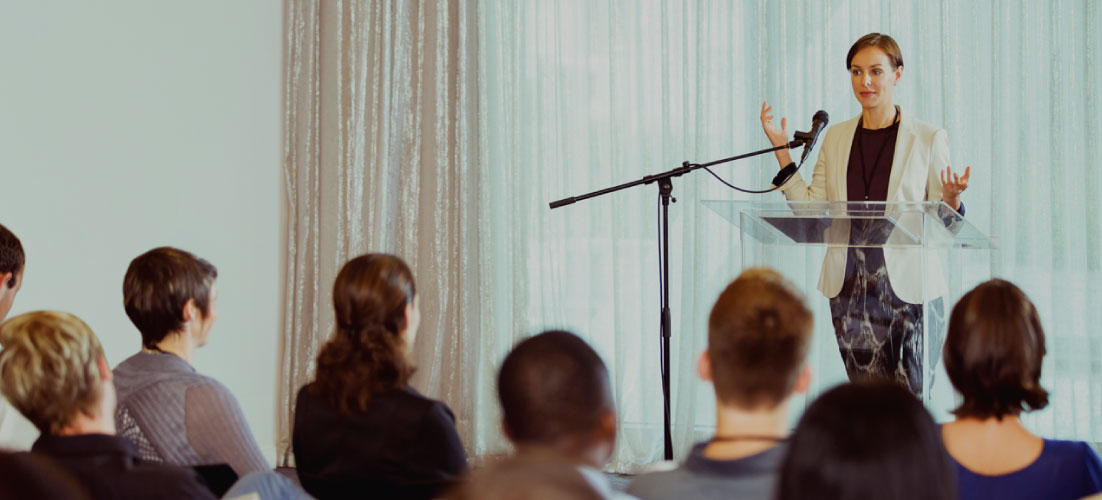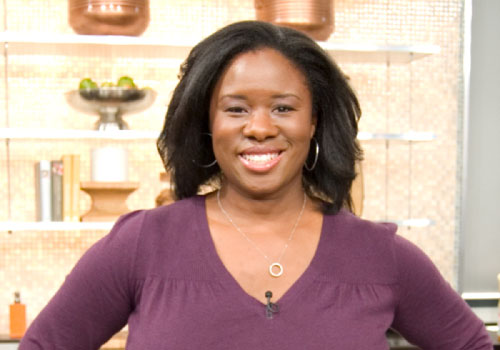
Share this Post
PUBLISHED
September 3, 2019
WRITTEN BY
Raphaela Mandel
According to the American Society of Safety Professionals (ASSP) recent Women And Safety – In The Modern Workplace – April 2019 report, women make up far less than half of the safety profession, and they struggle even more than women in other industries to attain leadership roles.
So why don’t we see more women sharing their stories? Despite the constant theme of “women in EHS” and “women in safety”, no one is really talking about why they are important to the growth of safety.
What are we doing about it?
We saw this disparity and wanted to award women with recognition to celebrate them and display their contributions to the safety industry. We recognize their innovative attitude, ability to challenge the status quo, and who continuously inspire the next generation of women in safety.
We’re going one step further.
For the month of August, we will be sharing 4 magnificent women’s stories and provide you, the readers, with advice and inspiration to support and empower one another in the workplace. This short series will be titled: The Woman Behind the Title.
P.S. We encourage you to nominate a female worker in your organization to celebrate their hard-work, inspiration, and sheer tenacity. It’s time we shed light on everyone who contributes to our industry.
For more information and to nominate an inspirational female leader: Women in EHS Award
Nominations are due on September 16th.
Our first story is shared by a remarkable leader in the safety industry whom we’ve had the pleasure of hosting at our recent inaugural COR Summit this past May. She is the Vice President of Health & Safety at Dexterra, an active member of our recently launched Safety Nerd Community, and Director-at-Large of the Women in Occupational Health Safety Society (WOHSS).
Our first Woman Behind the Title is none other than Lee-Anne Lyon-Bartley.
Raphaela: How did you get started in the safety world?
Lee-Anne: I remember when I was about 19 and working at a supermarket just before closing on a Saturday night, I heard screaming coming from the deli department. Being the person in charge at the time, a young worker almost cut off his finger cleaning the slicer. Not knowing any first aid, I did my best to help him but there were no first aid supplies available and no one had first aid training!
He almost lost his finger cleaning the slicer with the blade running, this is how he was trained by his manager? The only thing I could think was WHY WOULD YOU DO THAT? THAT’S UNSAFE! From there I wanted to know more about workplace safety, I didn’t like how I was left in charge with no information or instruction on the safety requirements.
I was always interested in Science and when it came time to decide what I was going to study in University I had a difficult time figuring out what avenue of science to study. After exploring different options, I found Ryerson’s Occupational & Public Health program. Studying in the public health stream, I really enjoyed food hygiene, epidemiology, pathophysiology, risk communication, biochemistry, and health promotion courses to name a few, but I was also very intrigued by the occupational safety courses we had to take as part of the public health program.
Coming close to the end of the Ryerson degree program I was blessed enough to have the opportunity of making a choice. I debated taking a full-time Health & Safety Analyst position at the supermarket I was already working for or do my 12-week practicum with one of the larger Regional Municipalities. I chose the full-time position to start paying back my student loans and it was also a brand-new position which seemed like an interesting opportunity to be a part of something new. I was excited to be able to work at the head office and still be able to work part-time at the store. This is where it all began, and I am thankful for the choice I made.

Raphaela: What has been the biggest obstacle you’ve had to overcome?
Lee-Anne: Looking back, I think my biggest obstacle was me. I’ve read articles that say women often sell themselves short and our level of confidence is different from our male counterparts and I think in my case that was also true for me. On top of that, I’m a visible minority and I rarely ever saw people who looked like me in authority or leadership roles growing up. My teachers, the principals and vice-principal, the police person, firefighters, CEO’s, business owners, the pastors at church, the news anchors on TV, my professors in university, my supervisor or managers rarely ever looked like me. I think it subconsciously affected my confidence that I could be one of these people one day too even though I knew I was more than capable. I had to get out of my own way and once I did things started to change for me when I started to believe I can do it too.
I recall a time where my line manager started teaching at college, this was after several years of experience under my belt where I lived and worked in the oil sands region in Alberta. I was a confident trainer and more. I remember thinking that if he could teach at a college surely, I could too. It was great to have his support and I still have his support to this day and now I currently teach at Humber and Seneca college in addition to my full-time position. Releasing yourself of fear, being thankful for every opportunity, saying yes even though everything inside me says “don’t take that chance, don’t put yourself out there” and having support from some amazing leaders is what helped me to overcome my own insecurities.
Raphaela: How can team members help empower women in the workplace?
Lee-Anne: I think this answer goes beyond just how we can support women in the workplace. We must appreciate what many of us have learned through history, from our environment and society what the workplace is “supposed” to look like or who the boss is “supposed” to be, and we all need to change our thinking. We can all support those who are not “expected” to get to certain roles or take certain jobs or be given certain opportunities. We can expect more inclusion in our workplace, in the organization’s communications, in the pictures that our organization uses, and most importantly in the conversations and interactions, we have with each other.
Another quick story, once upon a time, I was in a meeting and the new safety brand was being rolled out, and part of the rollout was a set of posters. The original set of posters only contained men and all from the same ethnicity. I remember saying “Excuse me, I hate to be the one to bring this up, but it would be great if the posters were more reflective of our actual workforce.” I think we can all use our voice and not be afraid to challenge unconscious bias when its appropriate to do so.
Raphaela: What are some pieces of advice you’d offer to women and men in the safety world?
Lee-Anne: From my experience, in order to survive being a safety professional, you need to be ok with not always being liked by everyone. You won’t always be appreciated which is ok. You don’t have to have all the answers because there is too much to know. After almost 20 years in this profession I hate being called an expert, I don’t think I’ve put in enough time to be an expert yet. You must keep learning. This is one of the most important things for me to read, read, and read some more. Try your best to be fair, consistent, accurate, analytical, inquisitive, empathetic, steadfast, honest, careful, calm, kind, balanced, trusting and humble.
Lee-Anne shared her journey with us from a trigger incident at a supermarket to her becoming VP of Health & Safety at Dexterra. Her experiences and advice give us even more reasons to take action and be our own safety champion – in every industry.
We all know women who champion the safety industry, but we encourage you to take a deeper look and recognize them.
For more information and to nominate an inspirational female leader for our Women in EHS Award awarded at NXT 2019: Women in EHS Award
And of course, In true LLB fashion, she has graciously written us a poem – from her to you:
A little poem from me to you
We are all on this safety journey together,
Your desire for learning, will only make you better.
If passion for serving others is not for you,
Maybe there’s something else you can do.
Sometimes things are great, and it goes your way,
But a lot of times its tough, and you fight for a say.
Fighting to improve work, save lives, make the best,
for the employee, manager and company’s interest.
You won’t always win, and at the end you’ll know you’ve tried
But as a safety professional, I promise, you’ll be so very satisfied.
~An LLB original
Rethinking Safety
Drive employee engagement by connecting
your frontline to your boardroom.
How Turner Construction improved worker participation by working on continous improvement
READ CASE STUDY